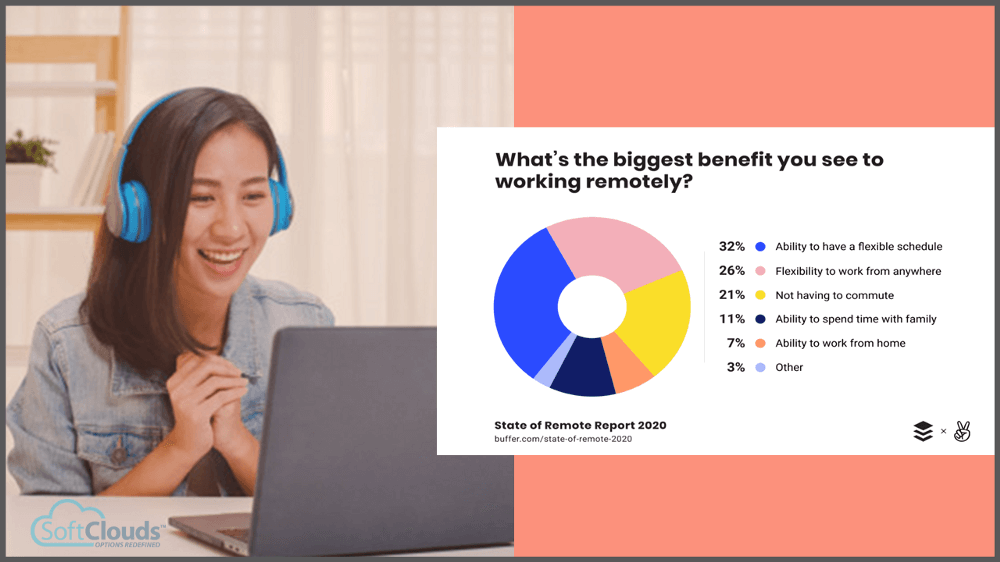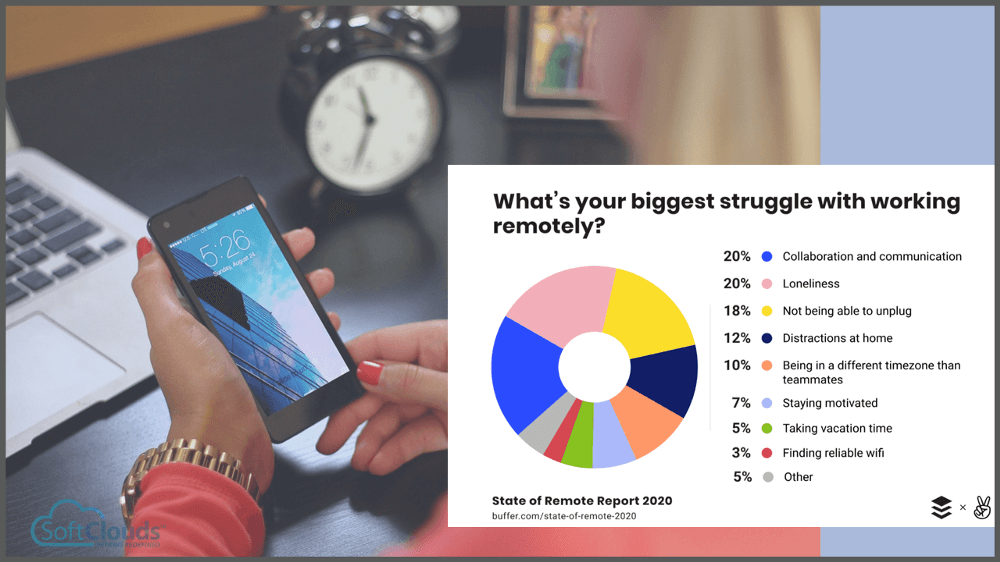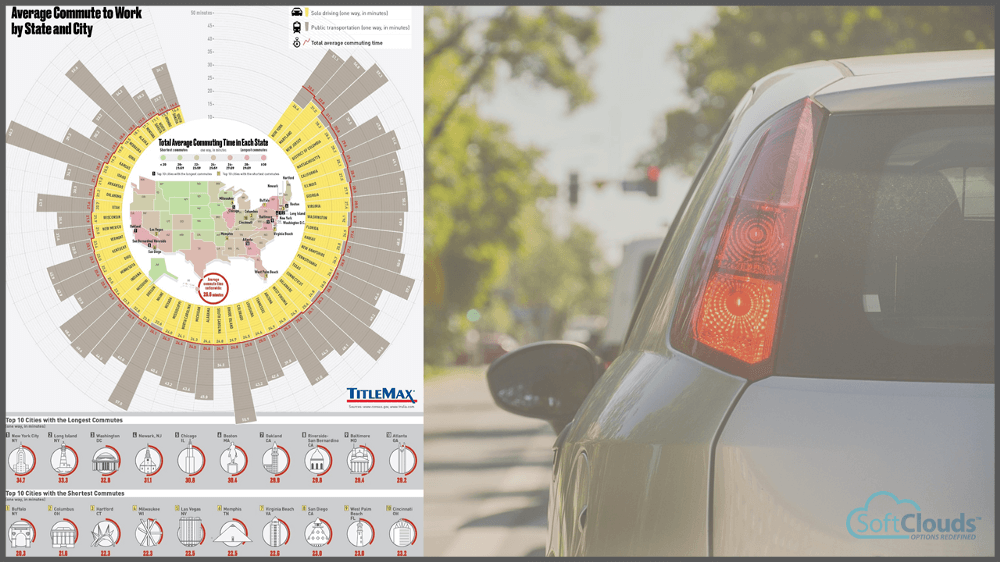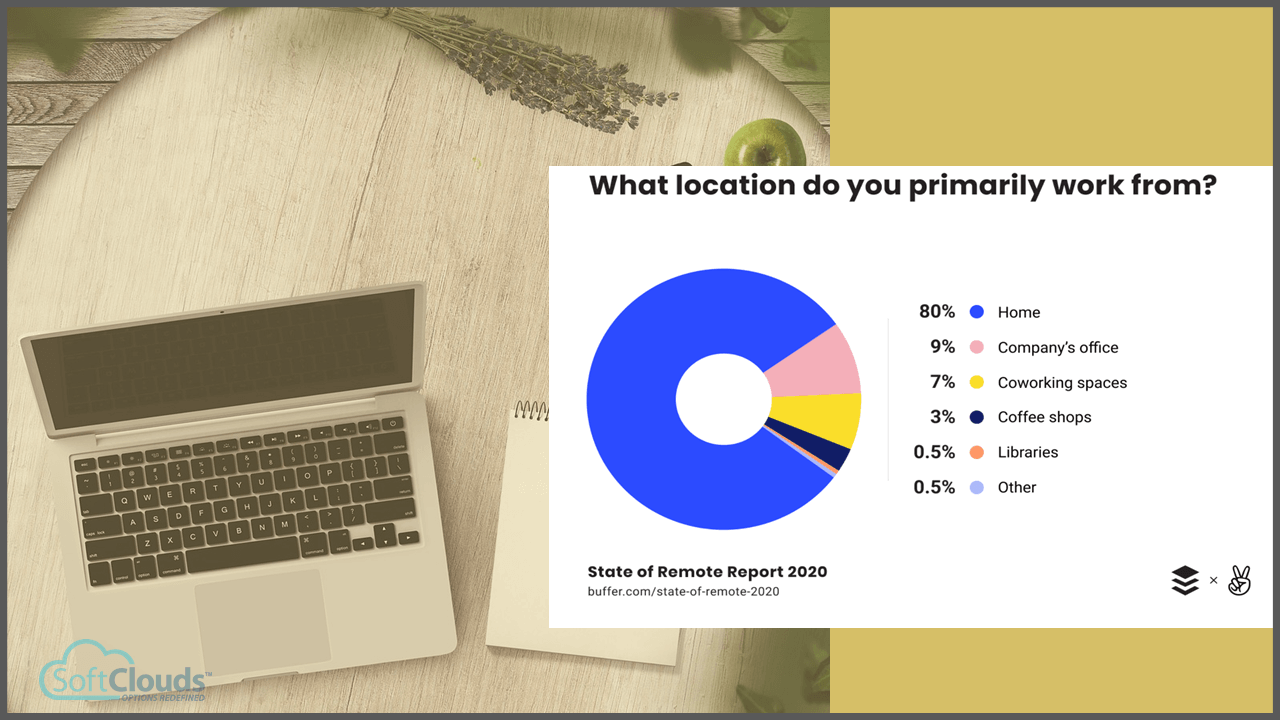To say that COVID19 changed everything is an understatement. Almost overnight we went from regular trips to the grocery store, going out to restaurants and movies, and going to the office. To being home. ALL THE TIME!

This sudden shift has been jarring to us all and has resulted in feelings of isolation and separation from family and friends amidst the mandate to work from home. While few companies were ready for this abrupt shift, most readily complied for the health and safety of their employees. Once this decision was made, managers had to deal with the lack of laptops, monitors, ear pods, sufficient Wi-Fi and VPN bandwidth in homes, and office network security. Next came the realization that companies did not have a “ready-to-go suite of Apps” like Zoom or WebEx video conferencing or collaboration apps like Slack or Teams. Many of the apps needed to facilitate virtual worker’s efficiency and collaboration had to be set up and learned quickly and remotely. But now, more than eight+ weeks into the work from home experience, it’s time to ask another question:
Will working from home become the new normal?
Working from home is not a new concept, but it’s never been done on a global and broad reaching scale. Previously, when working from home, the remote worker would try to create as normal of an environment in their home office as possible. Today, since everyone is working from home, babies, dogs, kids home schooling, everyone is “in the picture”. This massive experiment in working from home may ultimately lead to a significant remote workforce that is happier, more balanced and more productive. The question is what needs to happen to get to that point?
With a distributed workforce, protocols around communication, including frequent face-to-face meetings and proper documentation, need to be embraced to lead to effective and productive teams. A separate space for working and a defined set of bookends to the day can make it possible for WFH workers to realize the benefits of remote work. Boundaries need to be set not only for family members, but also for the amount of time spent on the job. Studies now show that remote workers are working more as opposed to less. NordVPN found that the average workday has increased by almost 40% in the US — or an extra three hours — which has Americans working 11-hour days, according to the study.
Benefits cited in the recent 2020 State of Remote Work survey

One of the top takeaways from the 2020 State of Remote Work survey was how remote workers enjoyed the flexibility and wanted to continue to work remotely from home even if part time.
Top cited complaints in the recent 2020 State of Remote Work survey
One of the top cities complaints in the 2020 State of Remote Work survey was the inability to unplug after work. “If you can’t commute or go to a physical office, which provides clearer boundaries to the workday” the ability to unplug after work is blurred.

Interestingly, many people who work remotely don’t recommend remote work. Why is that? The short answer is they have FOMO when everyone else is in office and they’re working remotely. Turns out they are not working with a fully remote team. Some are in office and others are remote. This gets back to the issue of collaboration and communication across the teams as well as companies providing technical and digital collaboration apps and systems to make this all work effectively.
Is WFH the New Normal?
According to a survey by CoreNet Global conducted April 22–27, 69% of real estate processionals said they will decrease their office size due to continuation of work from home policies. And, a Gartner survey released on April 3 found that 74% of the responding CFOs said they planned to downsize the number of people who come into the office on any given day. Clearly, as we continue in this unprecedented culture of Covid-19, with most workers wanting to remain in this new home working environment, the question becomes, “how will we all balance our work, our lifestyles and be happy”.
Let’s look at the trends emerging from the WFH experience:
1. Not having to commute is a top benefit to remote workers

In the United States, the average commute time is 26.6 minutes each way, or nearly 1 hour per day. This figure is very skewed however, because some areas have commutes that are s ignificantly longer.
When commutes are eliminated and professionals are empowered to choose their workplaces, the entire world is impacted. Carbon emissions and energy usage are dramatically reduced, transportation infrastructures are less congested and last longer, family dynamics and mental health are stronger, teams are more diverse.
2. More time working remotely
The more time workers spend working remotely, the more they tend to be content about it. The less time they spend working remotely, the more likely they want to do it more often.
3. Why are we struggling with collaboration and communication?
One idea could be that while we have endless tools to help remote workers better collaborate and communicate, these tools might primarily aim to support all-remote teams. As was found in the 2020 State of Remote work survey results, many people are starting to work remotely while their company remains office based. If everyone on the team isn’t communicating in the same ways, the challenge remains.
4. On Loneliness and Remote Work
While it isn’t necessarily true that remote work causes loneliness, it is a longer-term societal issue and considered a mental illness. In the U.S., loneliness has been labeled an epidemic... John T. Cacioppo, a professor of psychology at the University of Chicago and director of the University’s Center for Cognitive and Social Neuroscience, said:
“loneliness is an aversive signal much like thirst, hunger or pain.”
Loneliness is one of the most common complaints about remote work, with employees missing the informal social interaction of an office setting. How managers support remote employees is going to take strong leadership and methods to adapt.
Loneliness is a significant challenge, but there are relatively quick and adaptive actions managers can do to ease transition from office to WFH. Besides establishing daily check-ins and rules of engagement, one of the biggest things a manager can do is “provide opportunities for remote social interactions to have informal non-work conversations and fun”. Like remote happy hour, lunch and learn get-together, sharing anecdotes about the work from home transition, how to break the monotony of being at home, etc.
5. Monthly Business Expenses not being Paid
As workers transition to home they need to feel free to make the expenditures needed to make their working environment comfortable and efficient. And, they need to be assured their employer will reimburse these costs. Confusion might be the culprit of employers not paying for these remote expenses. “Companies often want to support their remote workers but are unsure of what to provide and how to actually administer a remote specific policy.” It’s going to be a need for good communication between workers and employees to discuss their needs with an open mind with the goal of a consistent policy for all remote workers.
6. Home is Consistently the Number One Primary Work Location

7. The Rise of Third Spaces
“Andreas Klinger, Head of Remote at AngelList said, “You have your workplace, you have your home…If those two places end up being the same spot, where do you go to decompress?” There is a beginning trend in rise of third spaces as a potential, like remote work in people’s homes or community centers or hotel lobbies closer to where the WFH worker lives.
Matt Mukewe, CEO of WordPress and Tumbler owner Automatic already has a distributed work team. He predicts the changes “might also offer an opportunity for many companies to finally build a culture that allows long overdue, work flexibility.” “Millions of people will get to experience days without long commutes or the harsh inflexibility of not being able to say at home when a family member is sick…this might be a chance for a great reset in terms of how we work. And, WFH can become the “New Normal”.
My Thoughts
Everyone knew remote working was on the increase, but no one anticipated the entire world would start working from home at once. Now that we’ve started down this path, we’ll see two groups of workers; those who can’t wait to get back into the office and those who would much prefer to remain remote. For those who want to return to the office, employers and building owners will have huge challenges to assure a safe working environment. Everything from managing people’s entry and access to the building and offices to retrofitting offices to accommodate social distancing and enhanced janitorial and cleanliness services. On the other hand, employers will need to establish policies to enable employees to remain remote either because it better fits their way of working or because they are uncomfortable being back in a group situation. Employers will be challenged in dealing with this “new normal” and will have to set policies that either lead to a totally distributed workforce, one that is fully in office or a hybrid model of both. Regardless of where this ends up, we can all agree that it’s been nice being home with our family and pets and that the world will never again be the same.
